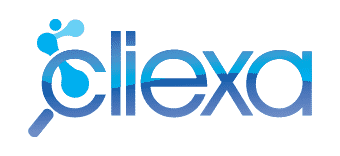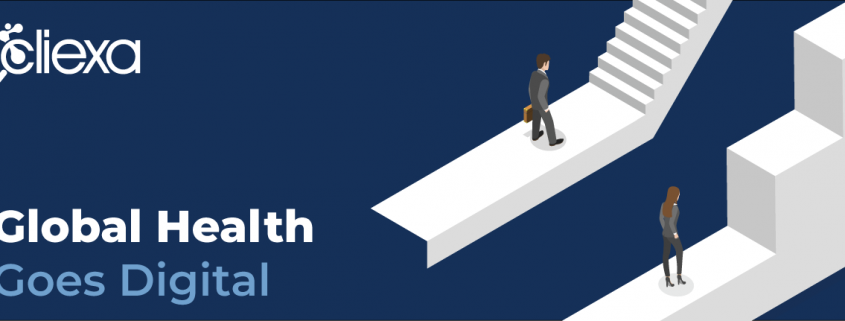Initiating my career internationally outlined so many of my decisions over the years from academic focuses to my draw towards the connectivity that technology provides. A three-year stint in China bouncing between high volume cities and quaint villages set the tone for how I viewed the world and human capacity to be so similar despite our vast cultural differences. Years later when I headed off to finalize my Public Health Master’s practicum in Vietnam with FHI360’s Alive and Thrive program, I was still unsure of how all my interests and experiences would quite intersect.
Through this experience I was given the opportunity to work with a group of fantastic public health professionals to outline the connection between Social, Economic and Political events and how they have impacted gender equity in China, Nepal and Nicaragua using a Matched, Interrupted Time-series study. Using the Gender Gap Index, we assessed and compared how major national events have impacted these countries’ gender equity. This was measured through economic participation and opportunity, educational attainment, health and survival, and political empowerment1 as compared to a matched baseline model (matched, interrupted time-series methodology). We observed that our studied and matched countries’ gender equity trends projected as aligned until identified events occurred and caused a deviation. Overall, we found that social and political events are key to ensuring better health outcomes and more opportunities for women.2
Almost two years after we embarked on this research, I now have a new lens on how to apply this information and how health and social connectivity can be supported through the use of technology, as the Director of Product with cliexa.3 Using the knowledge and insights from this research and our multi-disciplinary team, I try to bring this understanding to work with me every day. My focus over the years has shifted from the traditional public health sector towards the impact that innovative tools can make on our own understanding of our health as well as the ability to better communicate to our care providers about key pieces of information impacting our health.
Undoubtedly the scale of my work has transitioned away from the national level toward to the individual but all with the intention of lending to that overall goal of protecting that which so clearly defines our essential right to be equal, equal in opportunity, equal in health, and equal in the ability to live our best lives.
1 https://reports.weforum.org/global-gender-gap-report-2018/measuring-the-global-gender-gap/
2 https://www.tandfonline.com/doi/full/10.1080/16549716.2020.1712147

